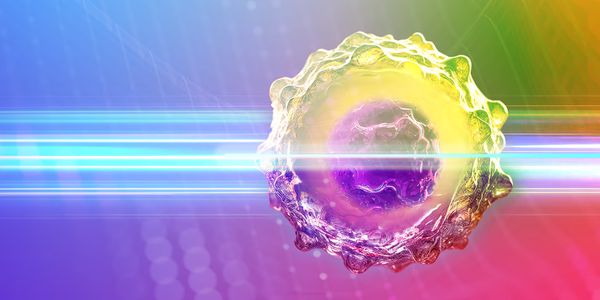WEBINAR: Importance of Sample Preparation and Choosing the Right Gel for SDS-PAGE
To achieve clear and accurate resolution of protein bands in protein gel electrophoresis, it is important to use the appropriate sample preparation conditions and to choose the right gel chemistry for a specific research application. Protein samples that are used for sodium dodecyl sulfate polyacrylamide gel electrophoresis (SDS-PAGE) are often complex in nature and can include a wide range of contaminants such as nucleotides, lipids, excess salts and reducing agents, and insoluble material, to name a few. The mistakes that are commonly made during sample preparation also include over-heating samples (temperature and time), incorrect reducing agent, incorrect protein-to-sample buffer ratio, insoluble material in the sample, and over- and under-loading of protein sample.
Similarly, choosing the right gel chemistry for a specific research application can help minimize the validation time for that particular application. For example, neutral pH Bis-Tris gels are recommended for samples with low abundance of target proteins or when downstream applications require high protein integrity (mass spectrometry, posttranslational modification, or protein sequencing). Additionally, high molecular weight proteins (up to 500 kDa) can be optimally resolved by using Tris-acetate gels, whereas low molecular weight proteins (as low as 2.5 kDa) can be optimally resolved using Tricine gels. In this webinar, we will provide an overview of your options and guidance on how to get optimal protein resolution.
Learning Objectives:
- Importance of sample preparation in SDS-PAGE electrophoresis
- Importance of choosing the right gel chemistry for specific research applications






